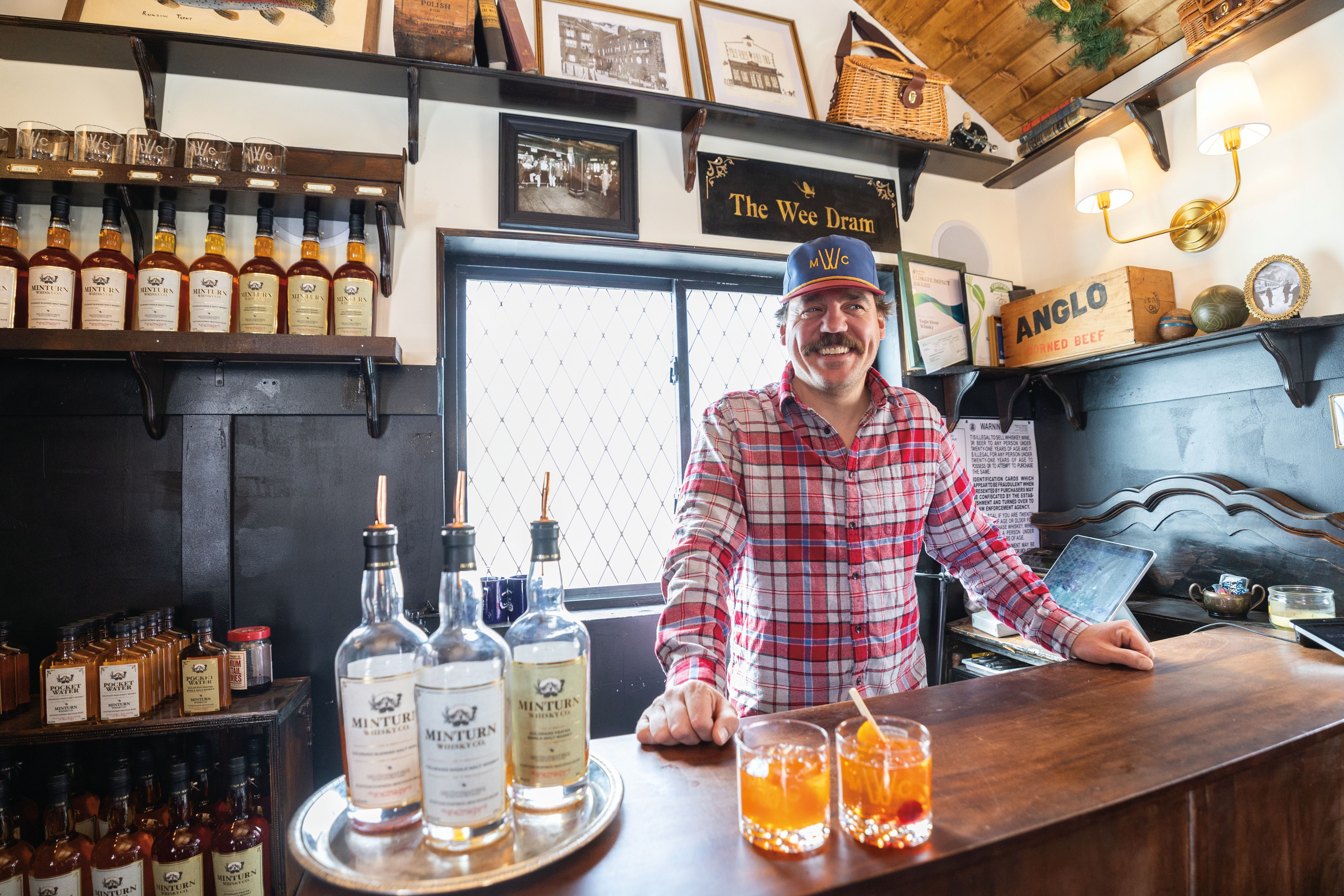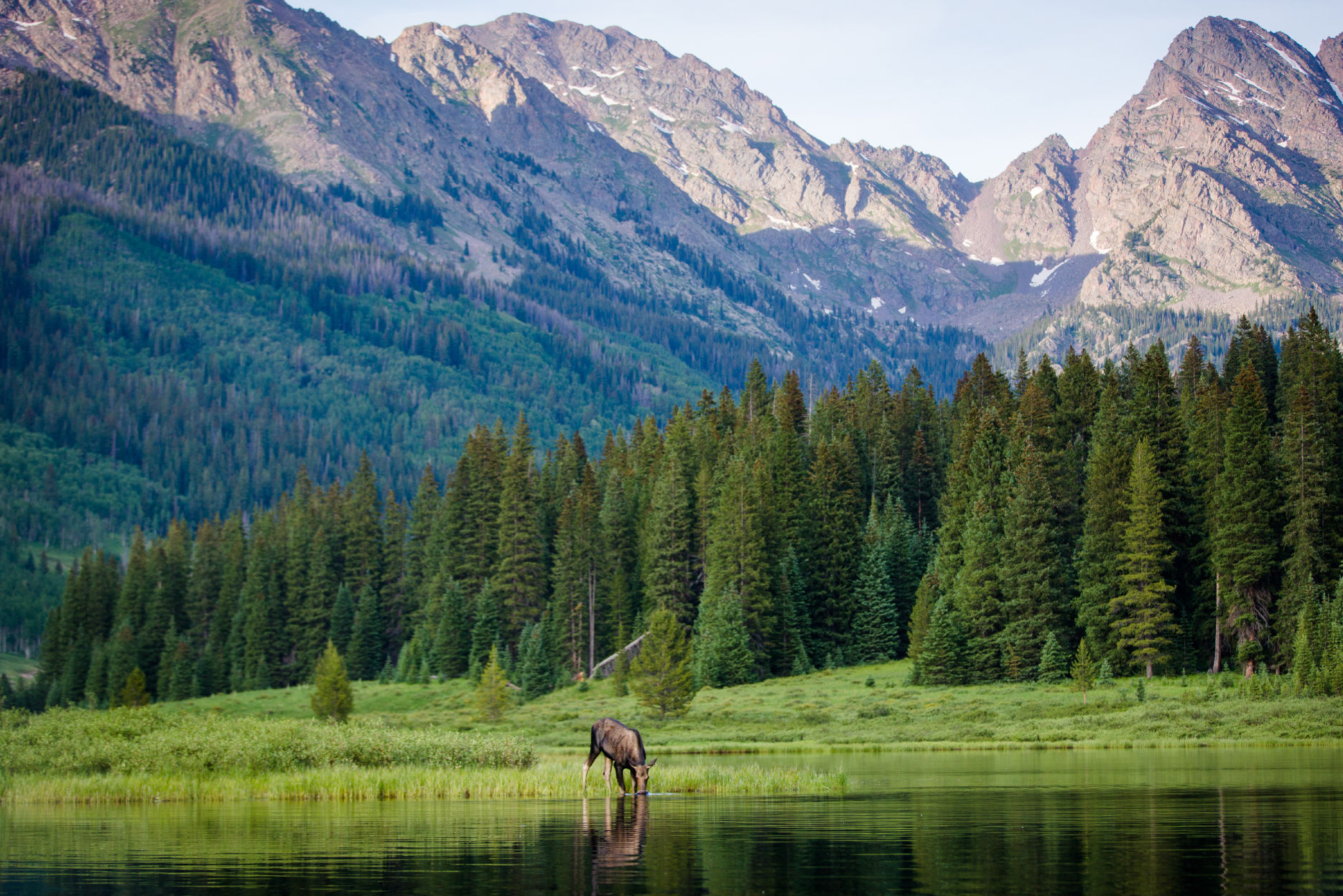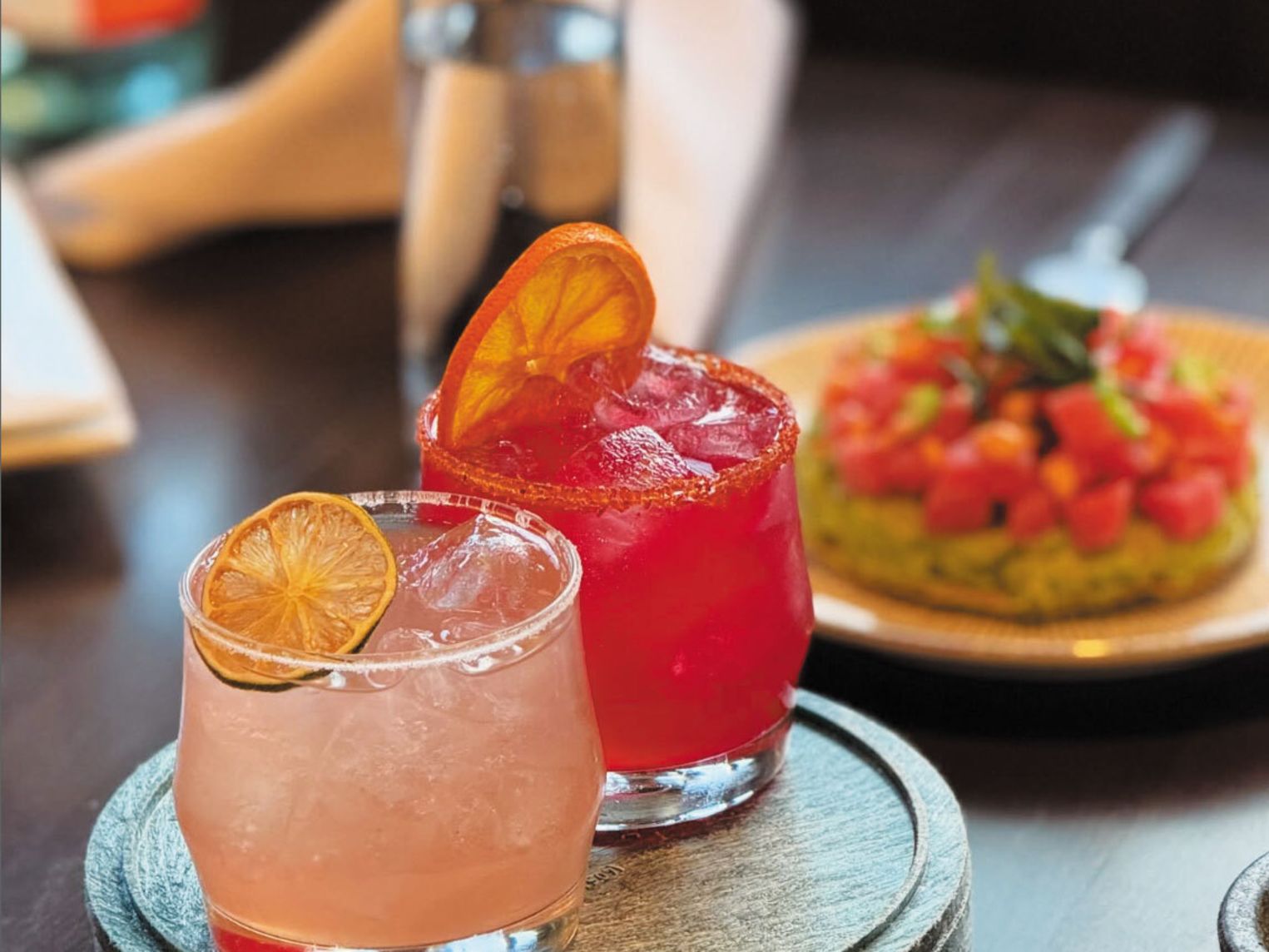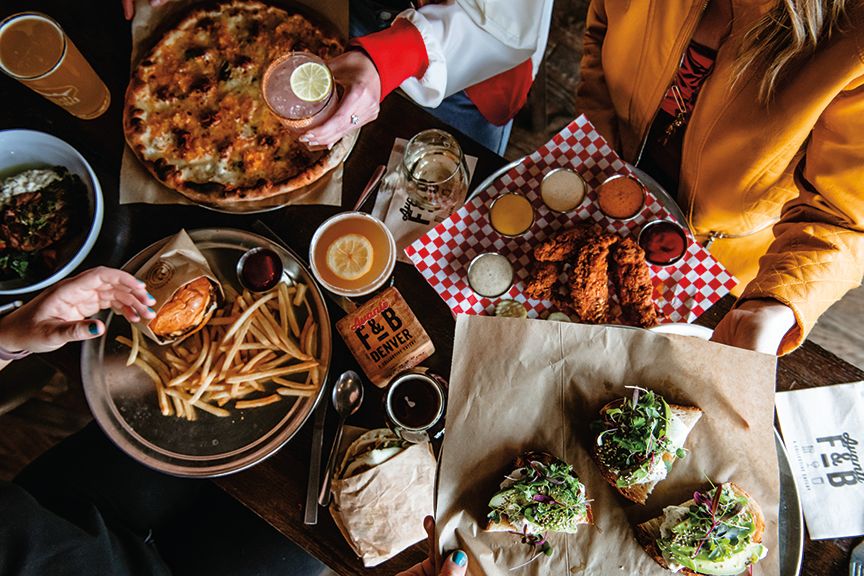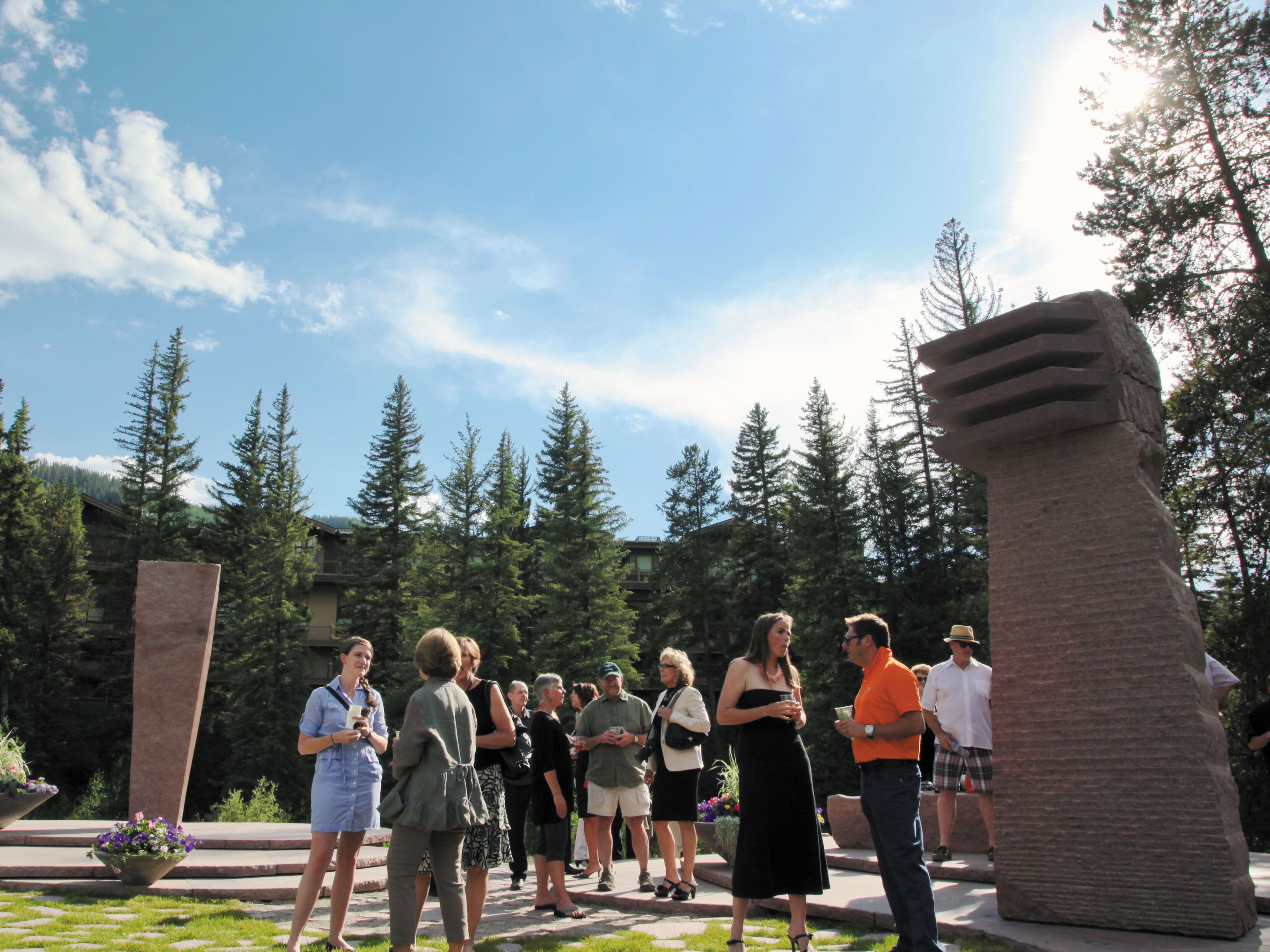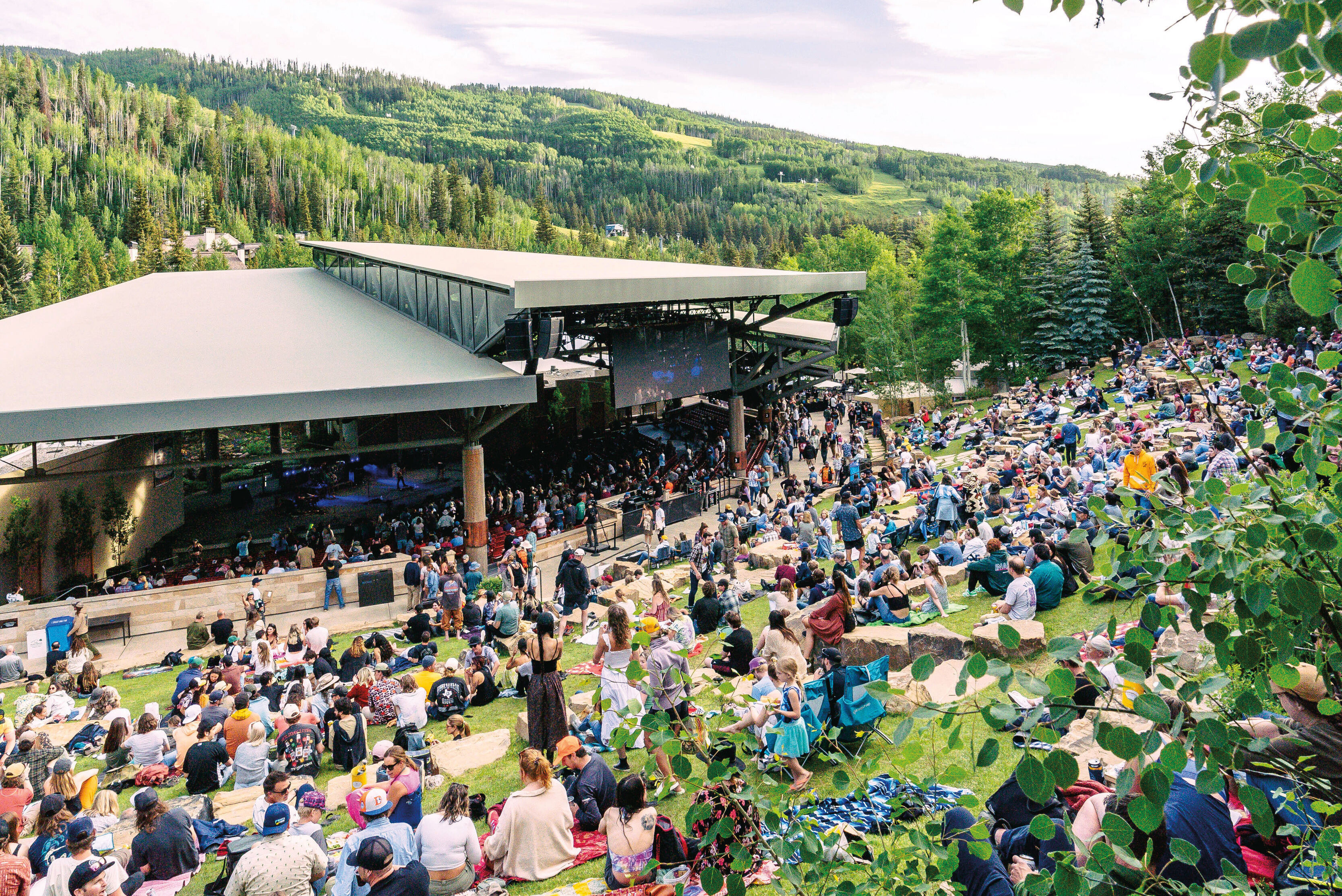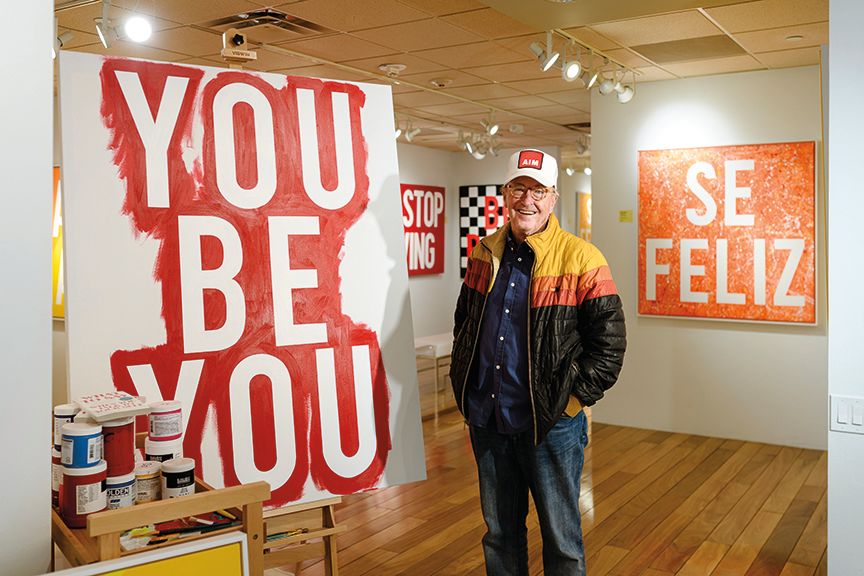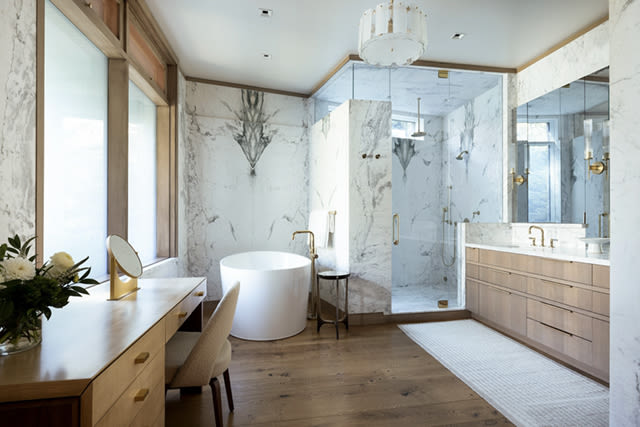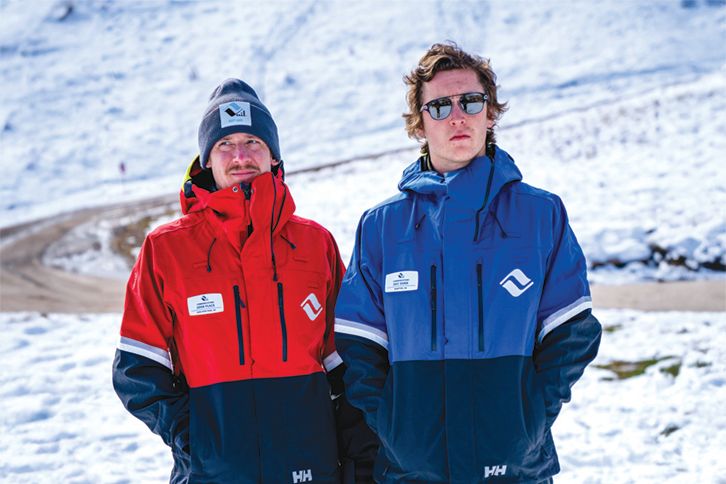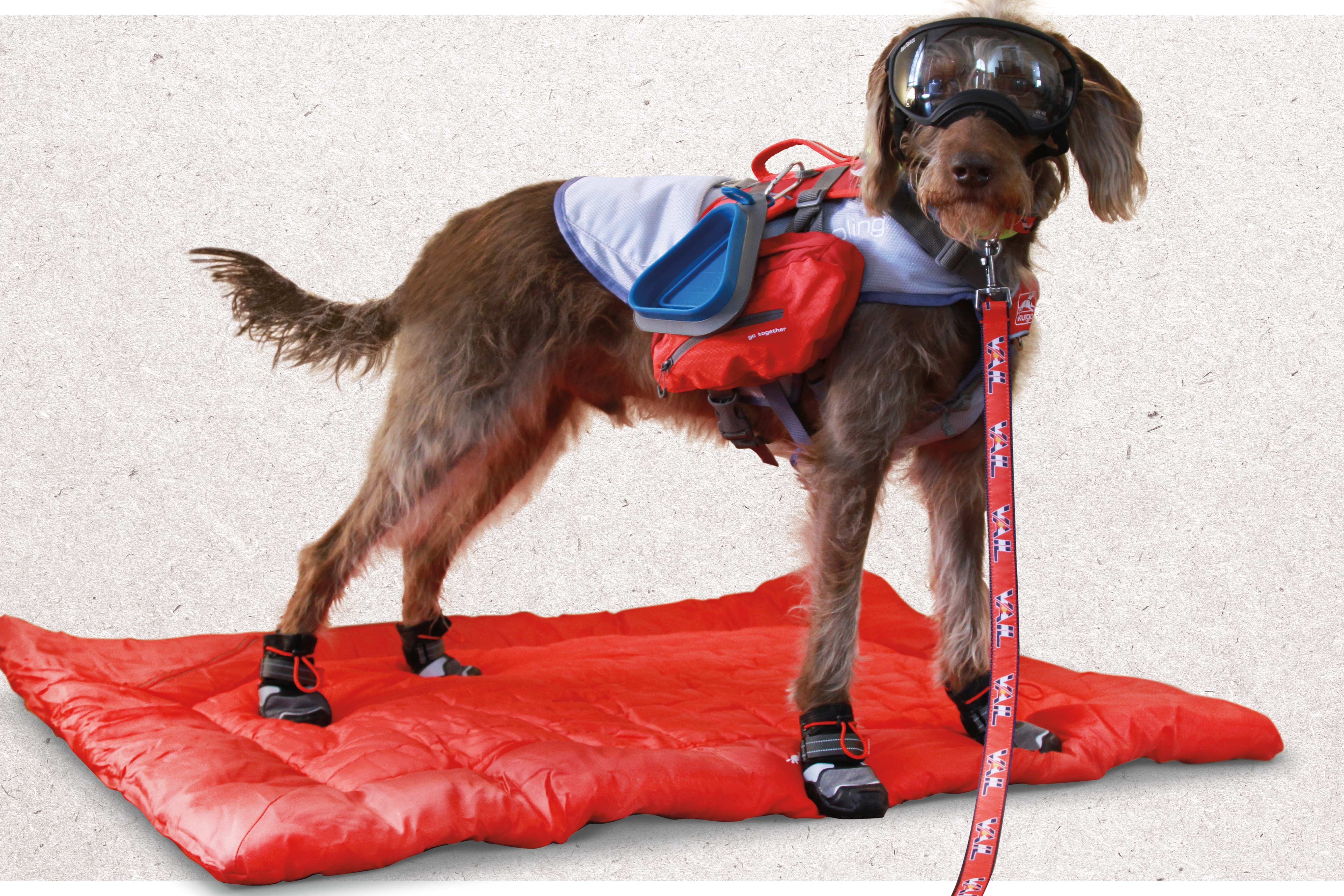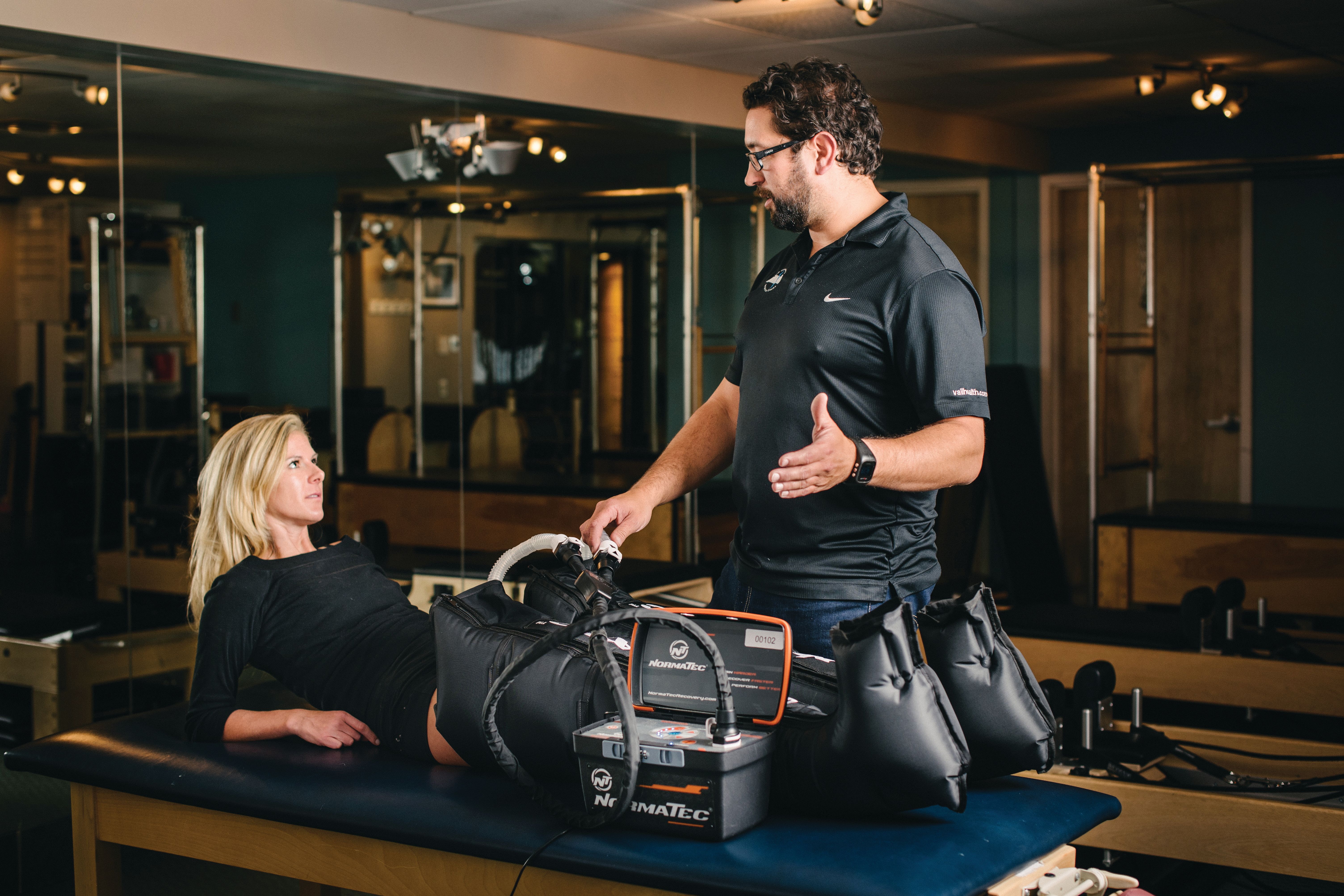
The Secret to Crushing Steeps? Plenty of Rest Between Runs
The burn you feel in your thighs as you power through the last moguls on Riva Ridge? That’s not what will make you a stronger skier, says Mark Pitcher, an exercise physiologist and chiropractic sports physician at Vail Integrative Medical Group (vailhealth.com). It’s when you rest—and allow overworked muscles to recover from intense exercise—that you really reap workout gains.
“Some people call recovery the ‘silent workout,’” says Pitcher, who consults with many of the Vail Valley’s top athletes. “Exercise stresses your system and breaks down muscle tissues, but recovery is when those tissues get repaired and become better and stronger than they were before.”
Trouble is, most Vail Valley locals have a hard time allowing themselves proper rest. “I always feel like I have to keep running, running, running right up to race day,” says Sarah Ellefson, an ultramarathoner and physical therapist at Altius Physical Therapy and Wellness in Avon (altiuspt.com). Vacationers, meanwhile, often feel compelled to maximize every available hour on the slopes. But, says Ellefson, “Bodies perform better when they’re properly rested.”
How can you tell when you’re due for some down time? Feeling weak is your best indicator, says Pitcher. Pain is another: excessive amounts of skiing or snowboarding can result in Delayed Onset Muscle Soreness (DOMS), when your muscles become so overworked that they hurt during simple movements like descending a flight of stairs. Pile more exercise on top of the DOMS, says Pitcher, and your fitness will backslide. “You might have to give up one day of skiing,” he says, “but the days you do have will be that much better.”
Getting a good night’s sleep also promotes recovery. “Growth hormone is released when you hit deep sleep,” explains Pitcher. So by turning in early and minimizing potential sleep disruptions, you maximize overnight cellular repair and feel sprightlier on the slopes.
You’ll also maximize performance by staying hydrated. Drinking plenty of water is just one strategy; the other is minimizing alcohol consumption, as studies have shown that alcoholic beverages decrease protein synthesis after exercise. Translation? Booze hampers your muscles’ ability to bounce back.
So instead of resorting to red wine therapy after a tiring day, try the hot tub. “There’s a good reason why there are hot tubs in virtually every hotel here,” says Pitcher. The warm-water immersion reduces muscle tightness and increases blood circulation, which promotes recovery. But Pitcher’s hot-soak prescription doesn’t apply to anyone experiencing joint pain; if you suspect you’ve tweaked something during the day’s sport, you should skip the heat, which will only “throw inflammation into overdrive,” says Pitcher. Ice is better for tender, swollen joints.
And an emerging cadre of new recovery therapies may improve on basic rest and accelerate muscular repair. Massage, for example, has long been heralded as a beneficial après-ski treatment, but the Vail Vitality Center’s Magnesium Wellness Massage (from $165; vailvitalitycenter.com) combines this time-honored recovery technique with a mineral that’s been shown to be a natural muscle relaxant. “Some evidence suggests that magnesium can be absorbed transdermally, so easing it into your muscle may offer additional benefit to standard massage,” says Pitcher.
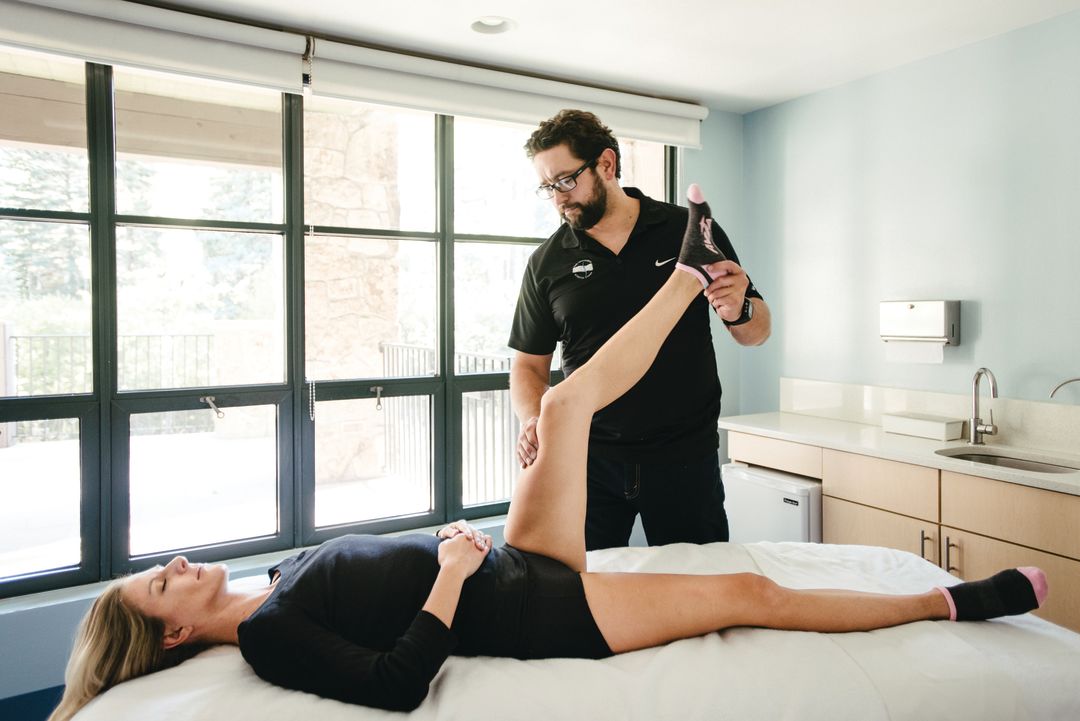
Mark Pitcher, a chiropractic sports physician, calls post-ski recovery sessions the “silent workout.”
Image: Ryan Dearth
Like massage, compression garments stimulate blood flow and reduce muscle soreness after exercise. The tight, extremity-squeezing socks and leggings can be worn during sport or afterward—and have helped Pitcher’s clients rebound after big powder sessions. “People do seem to feel better after wearing them,” he attests.
NormaTec boots combine the benefits of both compression and massage. Used by pro sports teams and elite athletes such as Linsey Corbin (the current US Ironman record holder), the NormaTec apparatus uses compressed air to wring out the legs, starting with the feet and moving progressively toward the hips. The company claims that by flushing metabolites (a catch-all term for the molecular byproducts of exercise) through the circulatory system, the NormaTec promotes tissue regeneration—which includes stronger muscles.
Ellefson, meanwhile, favors trigger-point dry needling, an emerging recovery technique that uses long, thin needles (like the ones used by acupuncturists) to stimulate trigger points in the muscles, which respond by unclenching. One variation on that technique applies an electrical charge to the needle, zapping the muscle and causing it to contract. “You can watch it twitch,” says Ellefson, who received the electrified version of trigger-point dry needling after she ran the Breck Crest Mountain Marathon this fall. “It took away all my muscle soreness, so that afterward I felt like I hadn’t even run a race,” she says.
But, Ellefson emphasizes, electric shocks and other gee-whiz techniques still can’t substitute for plain old rest. And taking a day off doesn’t have to exile you to the couch. Going for a walk is a great form of “active recovery” that promotes blood circulation without taxing overtired muscles. Even snowshoeing is a good off-day activity, says Ellefson, because it’s more of an endurance sport that rests the muscles responsible for generating the explosive movements required for skiing and snowboarding.
“Building recovery into your schedule allows adequate time to heal between sessions,” says Ellefson. “And that’s the hardest thing for people to do.”
Dr. Gorsuch Is In
This winter, Bridge Street ski retailer Gorsuch (gorsuch.com) debuts a suite of recovery products curated by Dano Bruno, a boot and foot specialist who works with athletes on the pro freeride circuit.Compression garments made by Australian company 2XU (2xu.com) promise reduced soreness and improved day-after energy, says Bruno. “Athletes that sleep in compression clothing notice an astronomical difference the next morning,” he adds. Gorsuch also stocks foam rollers with built-in vibration units that encourage muscles to relax, as well as PowerDot Electric Muscle Stimulators (powerdot.com) that let you control electric impulses using your smartphone. Bruno also rents NormaTec compression boots ($60/hour, or $190/24 hours), which pro athletes use to stimulate blood flow to leg muscles, and pump in oxygen via red blood cells. On his wish list? An in-store cryochamber: the walk-in meat freezer that LeBron James and other pros have used to chill their limbs and speed recovery. Says Bruno, “That would be so cool.”







